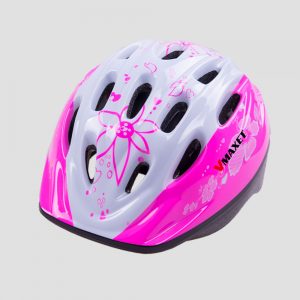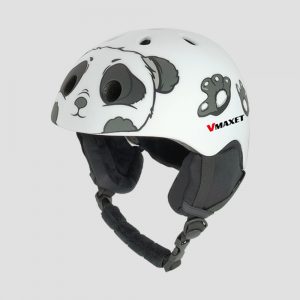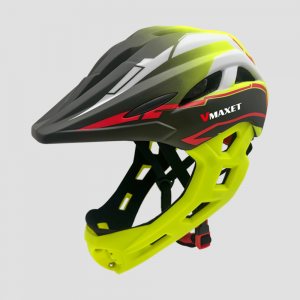There are several specific safety features to look for in a kids’ bike helmet. Here are the details:
-
- Impact – absorbing material: The helmet should be equipped with high – quality impact – absorbing material, such as expanded polystyrene (EPS). This material can effectively absorb and dissipate the energy from an impact, reducing the force transmitted to the child’s head. Some advanced helmets may also use additional technologies or materials to enhance impact protection, like multi – density EPS or the inclusion of a MIPS (Multi – Directional Impact Protection System).
- Full coverage: Ensure that the helmet provides adequate coverage for the child’s head. It should extend down to protect the back and sides of the head, offering more comprehensive protection in case of a fall or accident. Helmets with a visor can also provide additional protection for the eyes from the sun, branches, or other potential hazards.
- Secure fastening system: A reliable fastening system is crucial to keep the helmet in place during use. Look for a helmet with a chin strap that has a secure buckle and an adjustable mechanism. The strap should be easy for the child to fasten and unfasten, but also stay firmly in place once adjusted. Some helmets may also have additional straps or a retention system to ensure a snug fit around the head.
- Good ventilation: While not directly related to safety, good ventilation is an important feature as it helps keep the child’s head cool and comfortable during rides. This encourages the child to wear the helmet regularly. Helmets with multiple vents or a well – designed ventilation system allow air to flow through, reducing sweating and discomfort.
- Certification: As mentioned earlier, make sure the helmet meets relevant safety standards and certifications, such as CPSC in the US, CE in Europe, or other recognized national standards. This indicates that the helmet has undergone strict testing and meets the minimum safety requirements for protecting a child’s head.
 MAX HELMET
MAX HELMET


